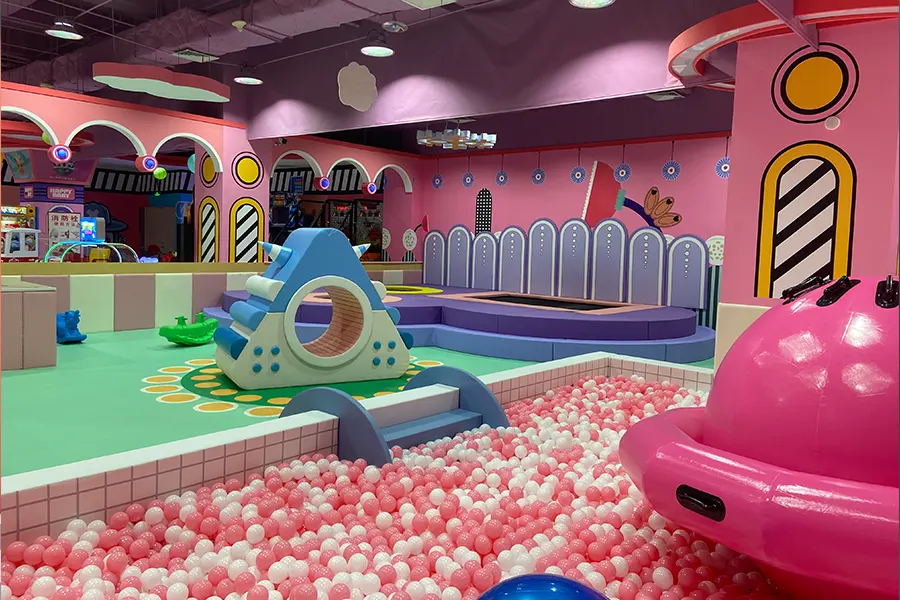Children with autism often experience the world in ways that differ from others, making it essential to provide spaces where they can feel safe, calm, and supported. A well-designed playroom can offer just that—an environment tailored to their sensory needs and developmental goals. This is why we should focus on how to design soft play room for autistic schools. This blog will guide you through the key considerations, tips, and design elements that create the perfect space for children with autism to thrive.
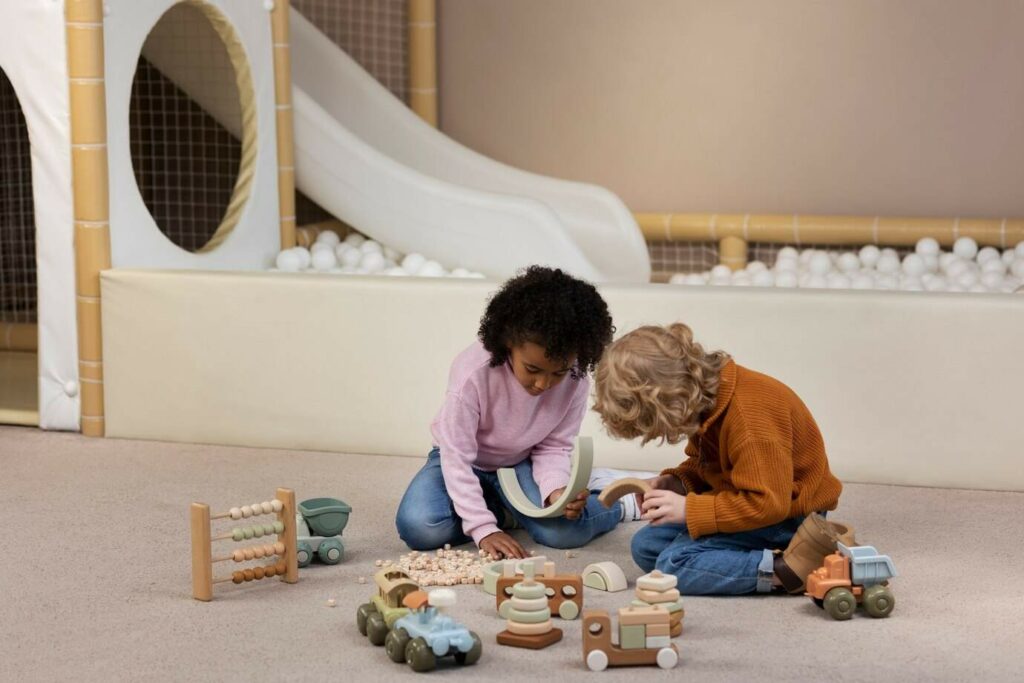
What Is Autism Spectrum Disorder?
Autism Spectrum Disorder (ASD) is a developmental disorder that affects social interaction, communication, and behavior. It is characterized by a range of symptoms that vary in severity, and children with ASD may experience difficulties in sensory processing, motor coordination, and adapting to change. For these children, traditional environments can often be overwhelming or confusing. This is where the importance of an autism-friendly playroom comes into focus.
A playroom specifically designed for children with ASD can provide a calming, structured space that reduces stress and allows children to engage with their surroundings in a positive way. Soft play designers like بيسليبارك specialize in creating such environments by incorporating sensory elements that cater to the diverse needs of autistic children. A well-designed playroom can significantly improve their ability to interact, explore, and develop critical skills.
What Is the Best Soft Play Design in Autistic Schools?
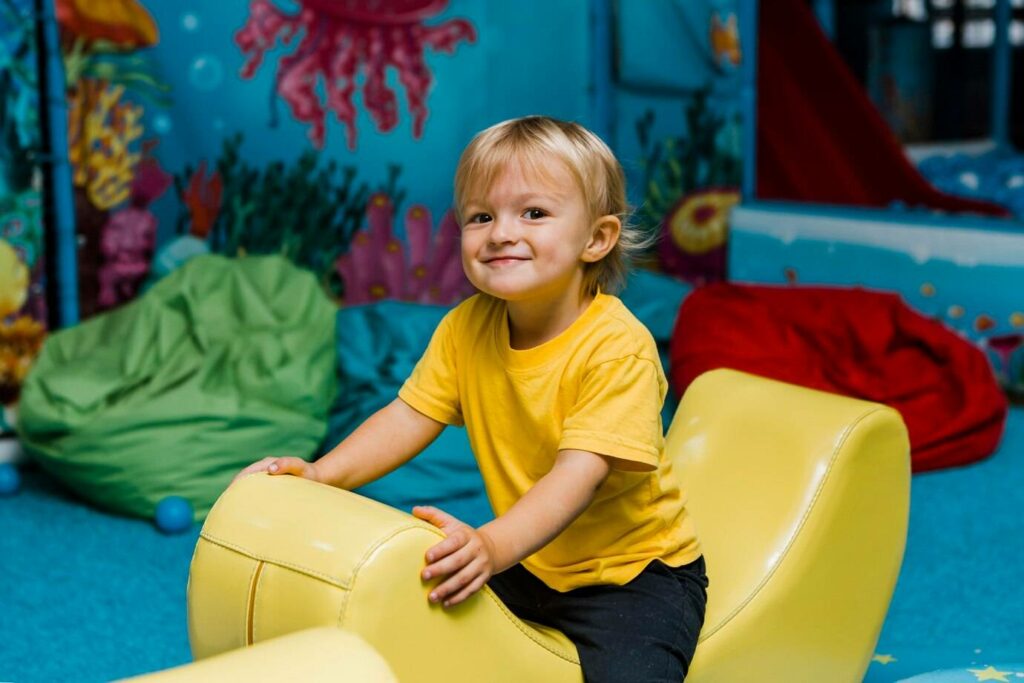
It is necessary to emphasize physical and sensory needs. Recommended soft play equipment includes padded mats, climbing structures, soft tunnels, and balance beams that encourage physical movement without overwhelming the child’s senses. Additionally, sensory-friendly elements such as textured walls, interactive panels, and calming music features can help create an environment that soothes and stimulates appropriately.
If you want to start an indoor playground for autistic children, you can collaborate with soft play equipment suppliers who specialize in autism-friendly products. They can ensure that the design aligns with the specific developmental goals for children with ASD, making the playroom both functional and engaging.
How to Set Up a Playroom for Autism? 12 Child-Friendly Tips
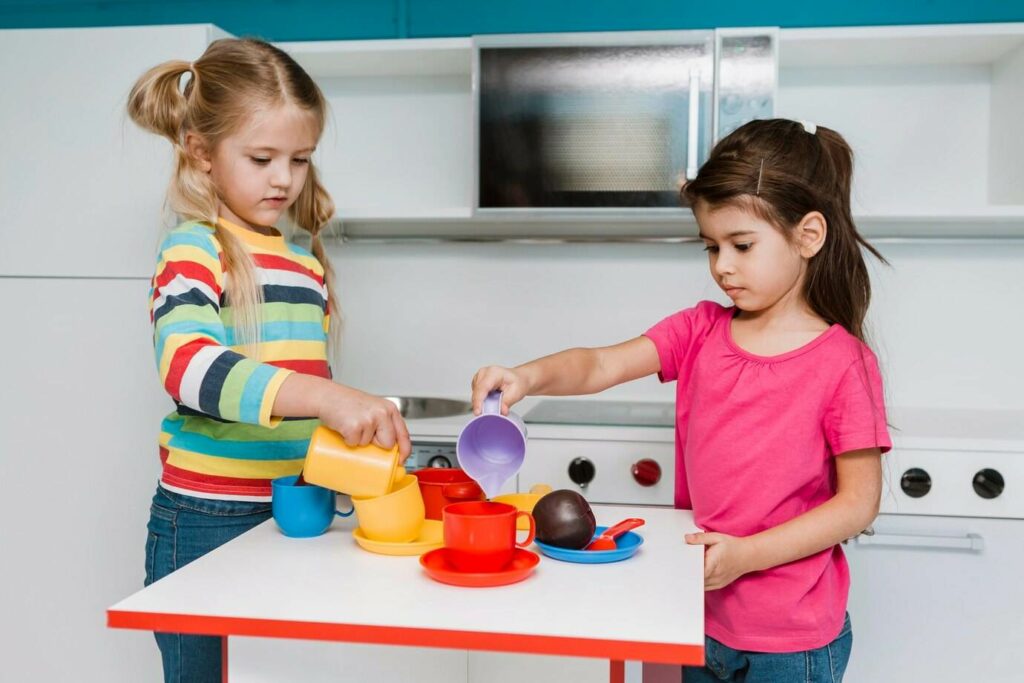
Setting up a soft play area setup for children with autism involves more than just arranging equipment. The environment must be thoughtfully designed to provide a sense of security, encourage sensory exploration, and offer opportunities for both structured and unstructured play. Below are 12 child-friendly tips to consider:
1.Choose Calming Colors
Bright, neon colors can be overstimulating for children with autism. Instead, opt for soft, muted tones like pastel blues, greens, or lavender. These colors have been shown to have a calming effect, helping children focus and remain relaxed in their surroundings.
2.Create Sensory Zones
Designate specific areas for sensory experiences. These could include tactile stations with different textures, sound zones with calming music or white noise, and visual areas with soft lighting or projection lights. Sensory zones help children manage overwhelming stimuli and find moments of calm within the playroom.
3.Set Up Age-Appropriate Zones
Dividing the room into distinct zones based on age and developmental stage can help children feel more comfortable. على سبيل المثال, younger children may benefit from a low-key area with soft mats and simple toys, while older children might enjoy a section with more challenging equipment like climbing structures or obstacle courses.
4.Use Intervention Packages
Consider incorporating intervention packages that target specific skills like motor coordination, التفاعل الاجتماعي, or sensory regulation. These packages can include items like tactile boards, swing sets, or mirror panels, each serving a purpose in the child’s development.
5.Use Soft Lighting
Lighting plays a significant role in creating a calm environment. Harsh, bright lights can be distracting or unsettling for children with autism. Instead, use soft, dimmable lighting, or install fixtures that offer natural light. This helps reduce sensory overload and encourages a sense of peace.
6.Add Soothing Furniture
Furnishing the room with soft, comfortable seating is essential. Bean bags, cushions, and floor mats provide safe and cozy spaces where children can rest or retreat to when they need a break from stimulation.
7.Include a Quiet Corner
A quiet corner equipped with soft toys, cushions, and calming visuals offers children a space to escape when they feel overwhelmed. This area is essential for promoting emotional regulation and providing children with a sense of safety and control over their environment.
8.Organize Toys and Supplies
Keeping toys and supplies organized in clear bins or shelves makes the playroom more navigable and less chaotic. For children with autism, clutter can be overwhelming. A tidy, structured space enhances focus and minimizes distractions.
9.Introduce Visual Supports and Labels
Using visual aids, such as picture schedules, labels, or signage, can help children with autism understand expectations and routines. Clear visual supports create structure and predictability, which is comforting for children who thrive on routine.
10.Select Sensory-Friendly Toys and Equipment
Choose toys and equipment designed specifically for sensory needs, such as textured balls, spinning tops, or sound-responsive devices. These types of toys not only engage children but also provide them with opportunities to explore different sensory experiences in a controlled way.
11.Give Focused Choices
Providing a few well-chosen options rather than overwhelming children with too many choices helps them focus and feel more in control of their play. Limited, purposeful choices reduce stress and help children make decisions that lead to more successful interactions.
12.Ensure a Safe and Clutter-Free Layout
Safety should always be the top priority. Ensure that the layout is free from sharp edges, and that there is ample space for children to move around. An uncluttered environment reduces the risk of accidents and helps children feel secure.
How to Use a Sensory Room Effectively for Autism?
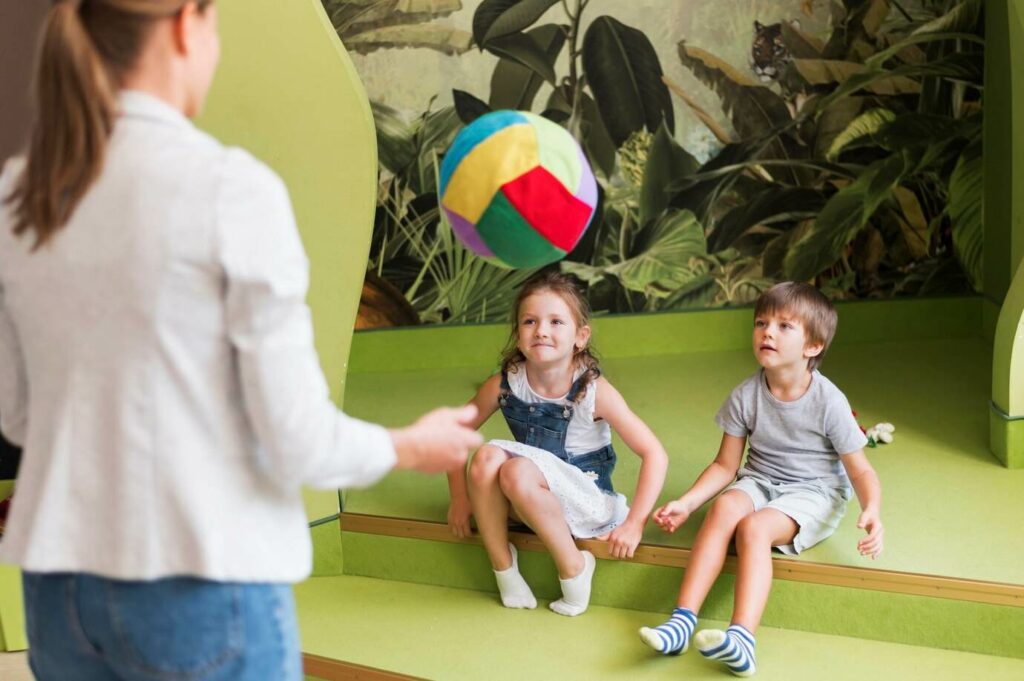
A sensory room is a specialized space designed to provide children with autism an environment that supports sensory regulation and emotional well-being. To use a sensory room effectively, it should be regularly monitored to ensure that the sensory stimuli are tailored to the child’s current needs.
The room should be a place where children can go to de-escalate during moments of stress or overstimulation, offering a mix of calming visuals, sounds, and textures. The most effective sensory rooms are those that allow children to independently engage with the sensory elements, giving them autonomy over their sensory experiences while under supervision.
Key Factors to Consider in Soft Play Area Design
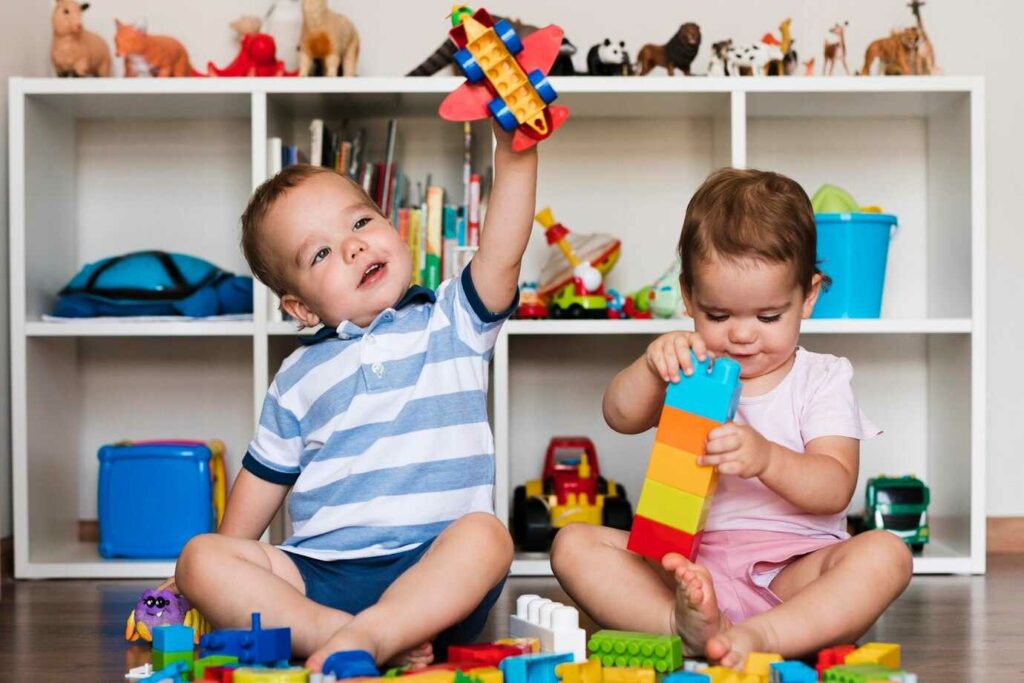
When designing a soft play area, several critical factors must be considered to ensure the space is both functional and safe for children with autism. From individual needs to sound management, each element plays a vital role in creating an optimal environment for learning and play.
Individual Needs
Every child with autism has unique preferences and requirements. Custom soft play equipment designs can be tailored to accommodate these differences, ensuring that each child’s specific needs are met. Working with soft play designers to create individualized elements allows for the creation of an environment that promotes comfort and engagement.
Sound Management
Managing sound is crucial in a soft play area for children with autism. High noise levels can be distracting or distressing. Incorporating soundproofing materials and installing calming background sounds can help create a peaceful atmosphere where children feel at ease.
Therapeutic Elements
Including therapeutic elements such as swings, soft climbing structures, and balance beams can aid in developing motor skills and providing physical therapy in a fun, engaging way. These elements also help children with autism develop body awareness and coordination.
Safety and Durability
Safety is paramount in any playroom. Soft play equipment must be durable, non-toxic, and made from materials that reduce the risk of injury. Properly padded surfaces and well-secured items ensure that children can play freely without the risk of harm.
Accessibility and Inclusivity
The design should accommodate children with a range of abilities. This includes considering wheelchair accessibility, as well as ensuring that all children can engage with the equipment, regardless of their mobility or sensory needs.
Cleanability and Hygiene
Soft play areas are high-traffic spaces, so cleanliness is essential. Opt for materials that are easy to wipe down, sanitize, and maintain. Hygiene-conscious design ensures that the playroom remains safe and welcoming for all children.
Ease of Supervision
Supervision is key in a playroom for children with autism. The layout should allow caregivers and teachers to easily monitor children from various vantage points, providing a sense of security for both children and staff.
Engaging Themes
Themed environments can engage children’s imaginations and provide a sense of fun. Whether it’s a jungle theme with soft play animals or a space theme with interactive elements, themed areas can increase children’s engagement while reinforcing educational objectives.
Conclusion
The solution about how to design soft play room for autistic schools involves creating a space that balances sensory needs, أمان, and fun, promoting both physical and emotional growth. By focusing on individual needs, calming elements, and accessible equipment, you can create an environment where every child thrives. If you’re ready to build a soft play area that caters to these needs, it’s time to consult with experts who can bring this vision to life.

